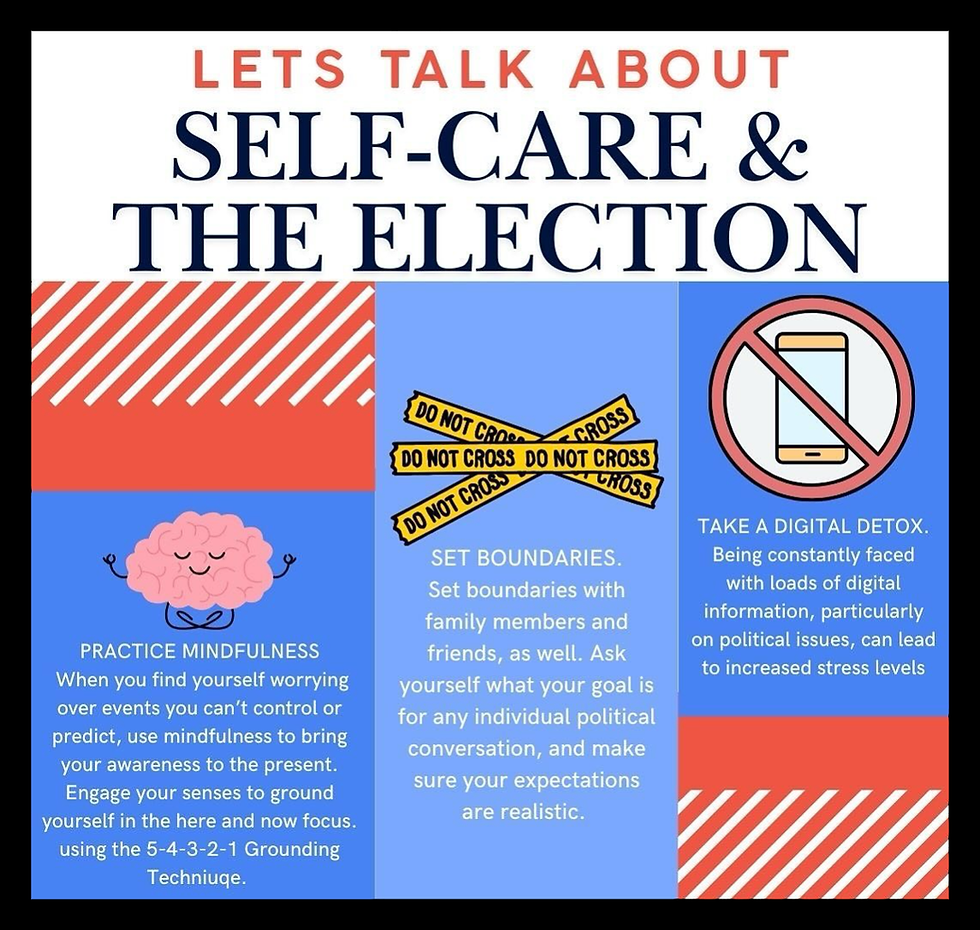Mental Health and Incarceration: How Can We Do Better?
- sharee allen
- Feb 27
- 2 min read

There's a strong overlap between trauma backgrounds and criminal involvement, complicating the questions surrounding how to encourage reform both during and after incarceration. Mental health treatment in jails is slim to none: on the contrary, many inmates are released more addicted to substances and more traumatized than when they entered the system. If our goals are rehabilitating inmates, reducing crime, and lessening recidivism, then the track record of especially private prisons in the US is slacking.
Although some private prisons may be necessary based on our current overcrowding problem, there is a fundamental conflict: the primary interests of private prisons are based on profits for the shareholders. This bottom line views inmates as mere numbers, and requires those numbers to remain high. It incentivizes work programs to stay full, in which inmates to manufacture goods in exchange for pennies on the dollar. Studies have shown no reduction in recidivism with the growth of private prisons. But we have seen more assaults on both guards and fellow inmates, as well as significantly more drug abuse, escapes, and murder compared to government-run prisons.
So what do we do? Two documentaries released on Netflix in the last year show a more humanizing approach. "Unlocked: A Jail Experiment" takes place in a county jail in Arkansas, and follows a pilot project granting inmates more freedoms. They are given commissary, phone calls, and a sense of community within their unit, empowering them to create their own structure and work together to maintain peace on the inside. This experiment received validation and criticism, but the basic takeaway is that when you treat people as human, and encourage them to grow, be better, and hold each other accountable, a shift happens. I've seen this same shift within group therapy via peer-to-peer support.
The second documentary, Daughters, focuses on the mental health benefits of giving inmates the opportunity to build and maintain relationships with family on the outside. In this film, a nonprofit leader has created a program which allows four girls to attend a father/daughter dance inside a DC prison. Throughout the 12 years of the Daddy Daughter Dance program, the recidivism rate of the participating fathers is only 5%. The daughters being interviewed state the difference between this quality time playing games and laughing together, vs. the sterile video chats and rushed visits through plexiglass.
In addition to these test programs exploring how we can rebuild the ego strength of inmates in order to reduce crime, we can look to other countries. Using biophilic, acoustic, and open-air design improves mental health in offices, and is being used in jails and prisons in Norway. The results are impressive, to say the least. When we send folks the message that they can be better, then healing becomes not only possible, it becomes likely.




Comments